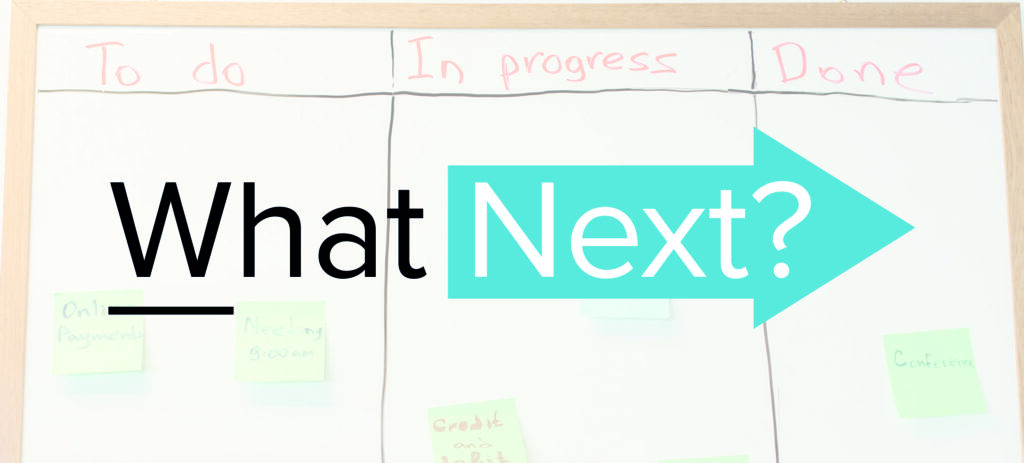When dealing with volatile situations, complex geopolitics, and unstable environments, it can be tempting to err on the side of caution, to avoid as many risks as possible. While this approach might feel safest and therefore be appealing to organizations operating in regions such as the Middle East and Africa, focusing too much on risk management and challenges can ignore the opportunities.
This is not to say that precarity should be glossed over or that a naively positive attitude is the solution. Quite the opposite: companies working in regions with high georisk must have a robust process to conduct threat analysis and risk assessments. The process should build upon a deep understanding of local and global contexts, and how these might affect their operations.
This article will guide you through five best practice principles for risk strategies to ensure unfolding developments are viewed through the right lens and analyzed appropriately. It will also suggest what business resilience solutions companies should build into their operations to have a realistic and appropriate approach to risk and growth.
1. Moving beyond the ‘W’ questions for better strategic insight

Who, what, where, when, and why – known as the five Ws – are knowledge-based strategy and analysis underpinning principles. However, for intelligent and measured responses to, for example, NGO risk management or a corporate travel risk management policy, companies must take their inquiry one step further by not only asking “what?” but also “what next?”
This forward-thinking approach allows organizations to evolve from reactive risk response to proactive risk mitigation. Given the complexity of forces at play in the Middle East and Africa, not every development or change will impact every operation.
By evolving their questioning beyond the ‘W’ questions to “what next?” companies can take measured and appropriate actions at the right time. This will help to minimize impact, increase preparedness, and allow businesses to remain in control even during unpredictable situations.
2. Real-time analysis for real-time decisions

For a “what next?” strategy to be effective, organizations must recognize that while real-time information from on-the-ground sources is crucial, analysis is critical and needs to be baked into risk strategizing.
Anticipation is one thing, but companies operating in volatile circumstances need context, analysis, and insight, not just the bare facts, to make informed decisions. Taking available information, such as Middle East travel restrictions, filling gaps, and analyzing complex situations quickly means businesses can make considered judgments and respond accordingly with mass communication tools.
To enable this, businesses require a support system that allows them to look beyond headline developments (especially with media distortion, misrepresentation, or misunderstanding) and find actionable insights from verified, trusted experts – people who can help uncover a swift and satisfactory answer to “what next?”
3. Categorize and prioritize to ensure an appropriate response

Not all risks are created equal. It’s a complex ecosystem, and each threat will have a different business impact. Companies need to recognize which types of risk are most likely to affect their workforce, operations, finances, KPIs, investments, and growth. Bespoke risk reports can help with enterprise resilience and risk management.
Apart from using real-time information and analysis (as outlined in point 2), companies also need a system to prioritize and categorize risk to enable quick what-next decisions. This could take a range of forms depending on the organization: a traffic light system assigning a color-coded risk level to different factors could be a useful shorthand. Numeric risk levels are another option. These are critical for integration to, and assessment of, the business impact assessment, which guides a resilient enterprise from the outset.
Businesses should explore different criteria for evaluating risk and develop a system that works for them and their operating methods. The crucial thing is to identify the immediate priorities, medium-term issues, and threats that can safely be addressed in the longer term.
4. Build the foundations of risk response into your operations

Organizations that set up systems as described above to assign coded risk levels to new and developing situations are preparing to mitigate risk and manage the unexpected.
Most businesses work with specialist risk analysis providers to take the pulse of the region they are operating in. But this is not enough on its own. While setting up monitoring and analysis systems, it is essential to work closely with a partner such as Intelyse to predefine a response and escalation system based on intelligence and analysis, tailored to your company’s ways of operating.
Embedding this system into your workflow means responses can be agreed upon beforehand and therefore implemented much more quickly than if every decision has to be made. That said, there’s a balance to be struck. Flexibility is also crucial – see point 5 below.
5. Build agility into the system

Risk analysis is, by its very nature, responsive. The best approach is to find or build a system that can help prioritize tasks as situations develop, but remember that being able to make changes and reprioritize as necessary will best protect a company against the unforeseen.
Organizations must remain agile in responding to change, allowing for swift decisions and a well-supported workforce. By ensuring that insights are garnered from trusted, neutral, on-the-ground experts, companies can better manage risk as situations arise, using their coding system to assign priorities and make informed and responsive decisions.
Following these five best-practice principles when planning a risk strategy will ensure your business is as prepared as possible for the georisk associated with the Middle East and Africa region, and that your workforce feels supported and empowered to deal with change. Embedding planning and strategy into day-to-day operations will enable you to respond reactively and intelligently as new risks present themselves and prioritize time, resources, and staff effectively.
For more information on how to develop a robust risk management strategy, contact us at +971 4 363 5392 or email info@intelyse.com.

